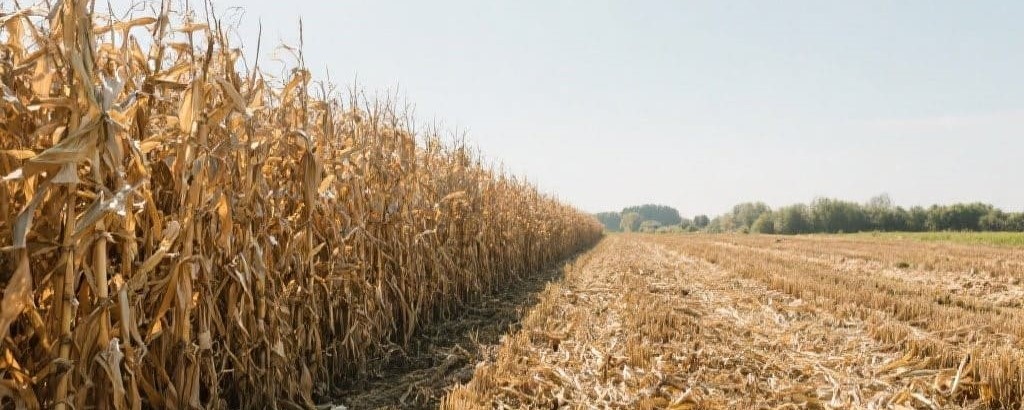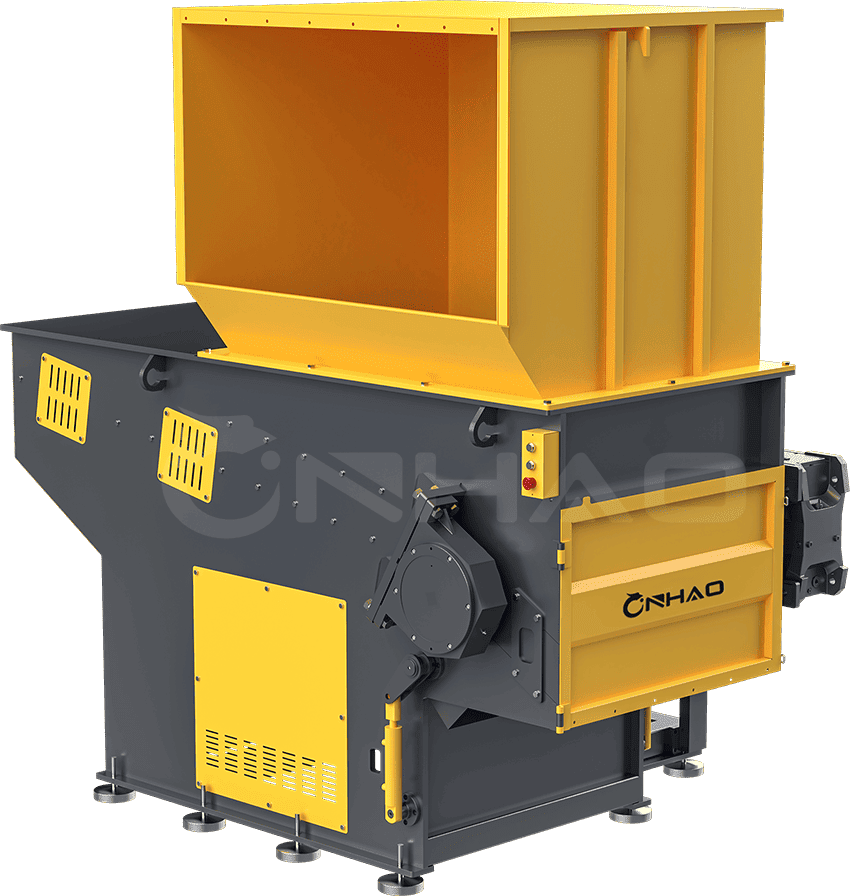According to the International Energy Agency (IEA), global agriculture generates over 4.5 billion tons of biomass waste annually, including more than 1.3 billion tons of crop straw. Traditional incineration or landfilling not only causes PM2.5 surges (accounting for 15%-30% of smog) but also wastes its potential resource value. The high-fiber, low-density nature of straw leads to high transportation costs and storage difficulties, while an uneven particle size after crushing becomes a core bottleneck for subsequent resource utilization.

Challenges in Biomass Pretreatment
- Straw’s fibrous entanglement clogs conventional shredders and increases energy consumption.
- Although dual-shaft shredders offer high torque, their output size typically exceeds 30 mm, failing to meet the fine-particle (10-30 mm) requirements for biofuel production or fermentation processes.
- Hammer crushers easily entangle flexible materials, causing frequent downtime.
- Variations in straw types, moisture content, and impurities (e.g., soil, plastic) across regions pose higher demands on processing equipment adaptability.
Single Shaft Shredder: Core Technology for Precision Straw Crushing
Wide Applications
Agricultural & forestry waste treatment 丨 Straw crushing for soil amendment 丨 Biofuel co-firing 丨 Feedstock processing for animal feed 丨 Chemical raw material preparation
Technical Advantages
- Blade Economy:Worn blade inserts can be replaced diagonally, reducing overall blade replacement costs by 70%.
- Hydraulic Pusher System:High-frequency material pushing prevents no-load energy loss during straw feeding.
- Energy Efficiency Optimization:15-20% lower energy consumption than Doubleshaft shredder at same power, attributed to precise shearing reducing idle rotation.
- High Throughput Capacity:Optimized pusher frequency & blade torque enable processing rates of 3.5-8 tons/hour.
- Precision Output:Particle size directly meets requirements for:
✓ Fuel pellet molding ✓ Anaerobic fermentation ✓ Enzymatic hydrolysis

- Intelligent Maintenance:Hydraulic one-click chamber opening & modular blade design cut maintenance time by 50%.
- Auto-Reverse Protection System:Automatically reverses feed direction upon current overload to prevent jamming and unplanned downtime.
Empowering the Full Industry Chain: The “Golden Pathway” for Straw Valorization
As the core pre-treatment equipment, the single-shaft shredder unlocks key links for high-value straw utilization:
- Energy Utilization
- Straw crushed to 10-30mm particles for compression into fuel pellets, Substitute 30% coal in cement kilns.
- Direct combustion in circulating fluidized bed (CFB) boilers, increasing combustion efficiency by 25%.
- Biochemical Raw Materials
| Process | Technical Parameters | End Products |
| Cellulose Extraction | Fine shredding → cooking/enzymatic hydrolysis | Industrial pulp & bio-based materials |
| Substrate & Panels | Fragments mixed with binder (e.g., urea-formaldehyde) | Cultivation substrate & eco-building materials (density 0.6-0.8g/cm³) |
- Ecological Circular System
- Mobile shredders enable on-site straw crushing for rapid composting.
- Particle size ≤20 mm increases biogas yield by 40% in anaerobic digestion.
- Feedstock Processing
-
- Uniform particles(10-30mm)enhance silage fermentation or alkaline treatment efficiency.

Upgrade Directions for Single-Shaft Shredder Industry Chain
The straw valorization industry is entering an explosive growth phase, largely driven by EU policies requiring member states to recycle 70% of municipal waste and 80% packaging waste by 2030, and banning landfill disposal of recyclables (including plastics, paper, metals, glass, and biodegradable waste) by 2025, the demand for Refuse-Derived Fuel (RDF) is surging dramatically.
Against the backdrop of a global “capacity crisis” in solid waste treatment, a dual-driven policy-market mechanism is reshaping agricultural waste management ecology through the full industry chain model of “straw recycling → single shaft shredding → high-value utilization”. This model transforms agricultural and forestry waste into valuable fuel, effectively elevating straw from a field residue to a green asset.